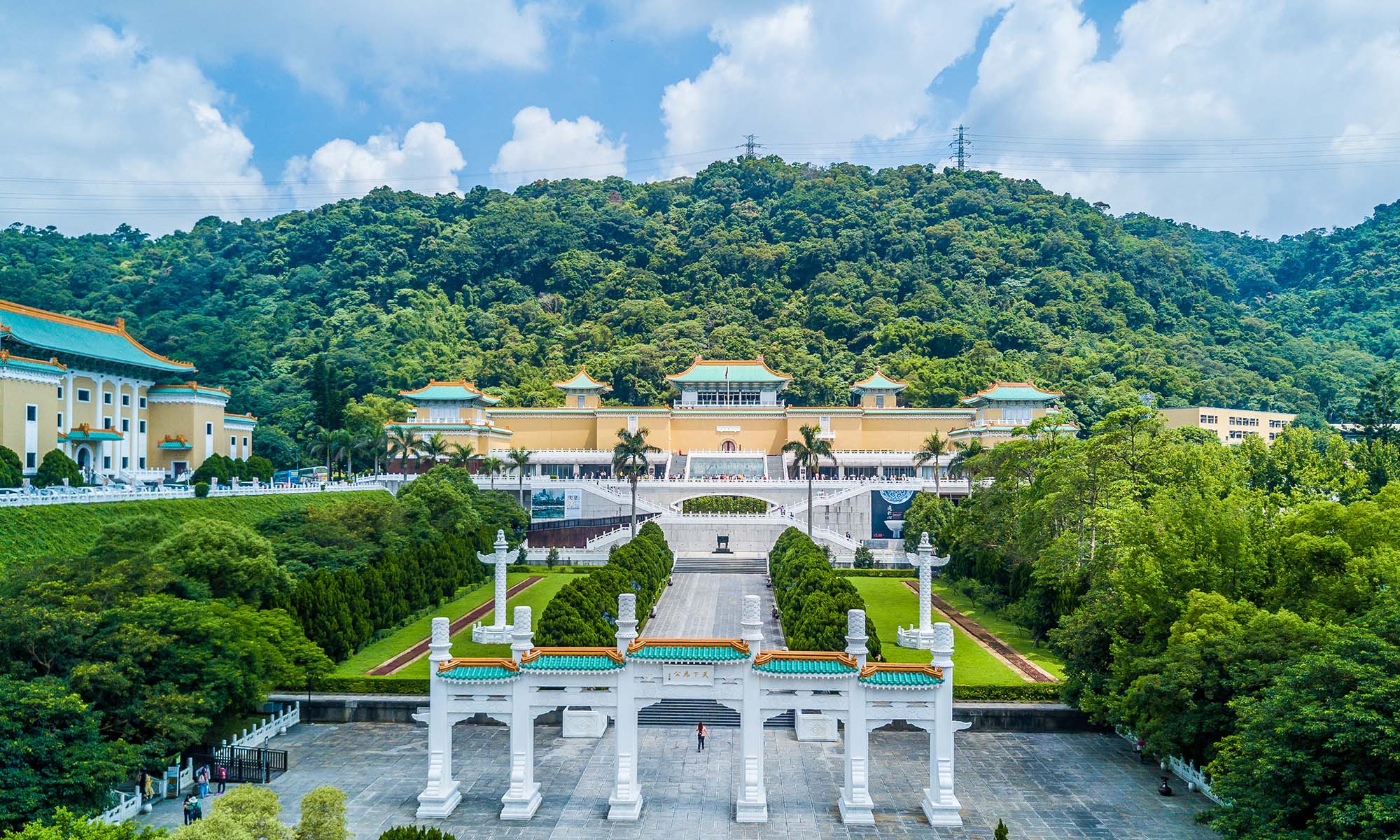Taipei, Taiwan’s capital city, is a bustling metropolis filled with museums, traditional architecture, local markets, and lively parks. Dihua Street and Nanmen Market, both centrally located, are great places to observe the mixture of traditional culture and urban culture that Taiwan is famous for. On the other hand, the National Palace Museum and Maokong Tea Gardens are both located in the foothills surrounding Taipei, showcasing Taiwan’s integration of civilization and nature.
📍 Route 1: Classic Taiwan
Nanmen Market
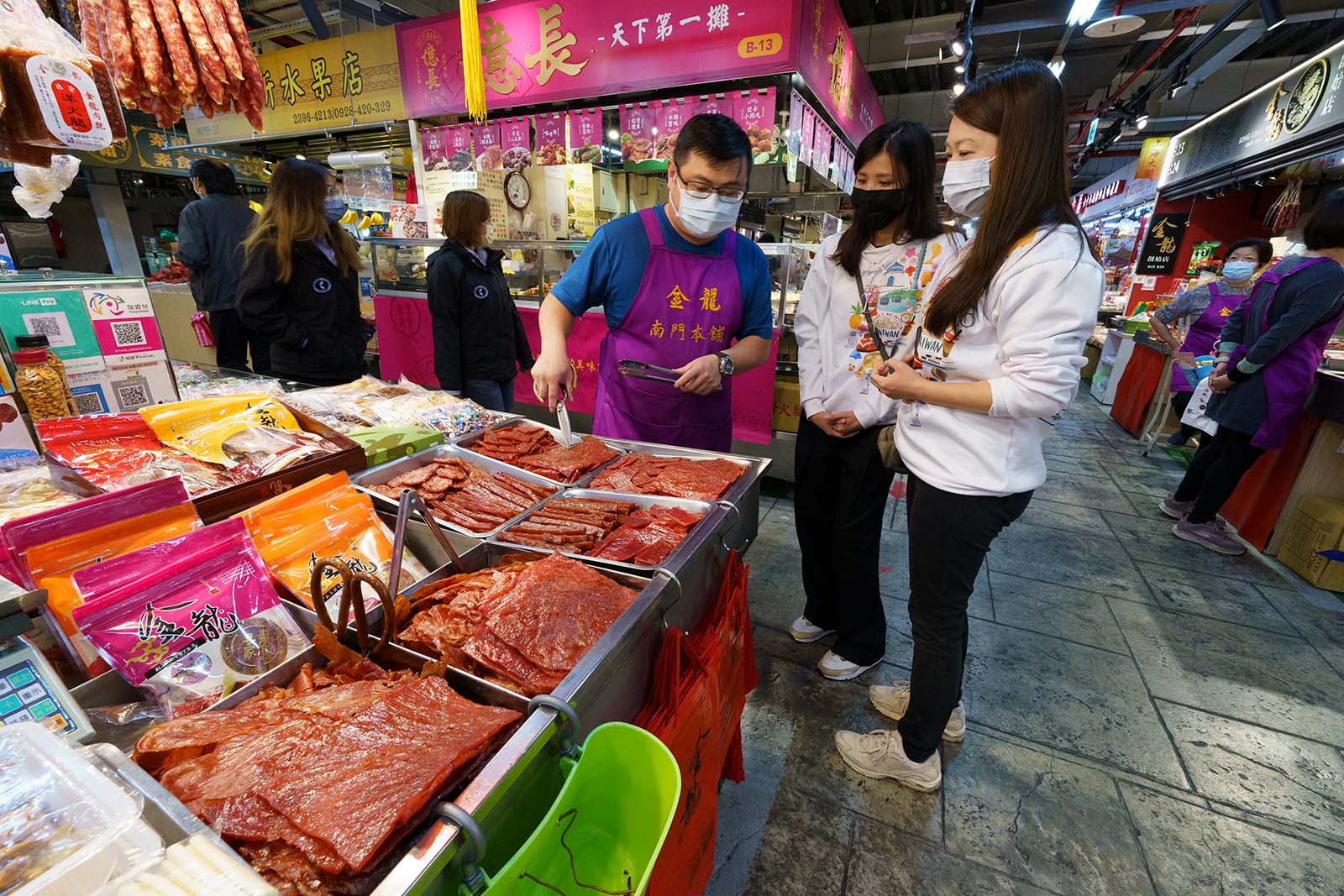
Taiwanese markets are actually divided into three categories: morning, evening and night. As opposed to night markets which mostly sell food, morning markets, which start operating as early as 5am, sell almost everything you would need to get by while living in Taiwan. Many items are also locally produced, whether it’s straw hats, gardening tools, or produce. It’s quite likely that the fruits and vegetables on display were harvested the day before on a mountainside a short distance from the market. Freshly butchered meat and seasonal vegetables might differ, but will be far fresher than anything that can be found in modern supermarkets. Taking a stroll through a morning market will give you a peek into local Taiwanese society.
Dadaocheng & Dihua St.
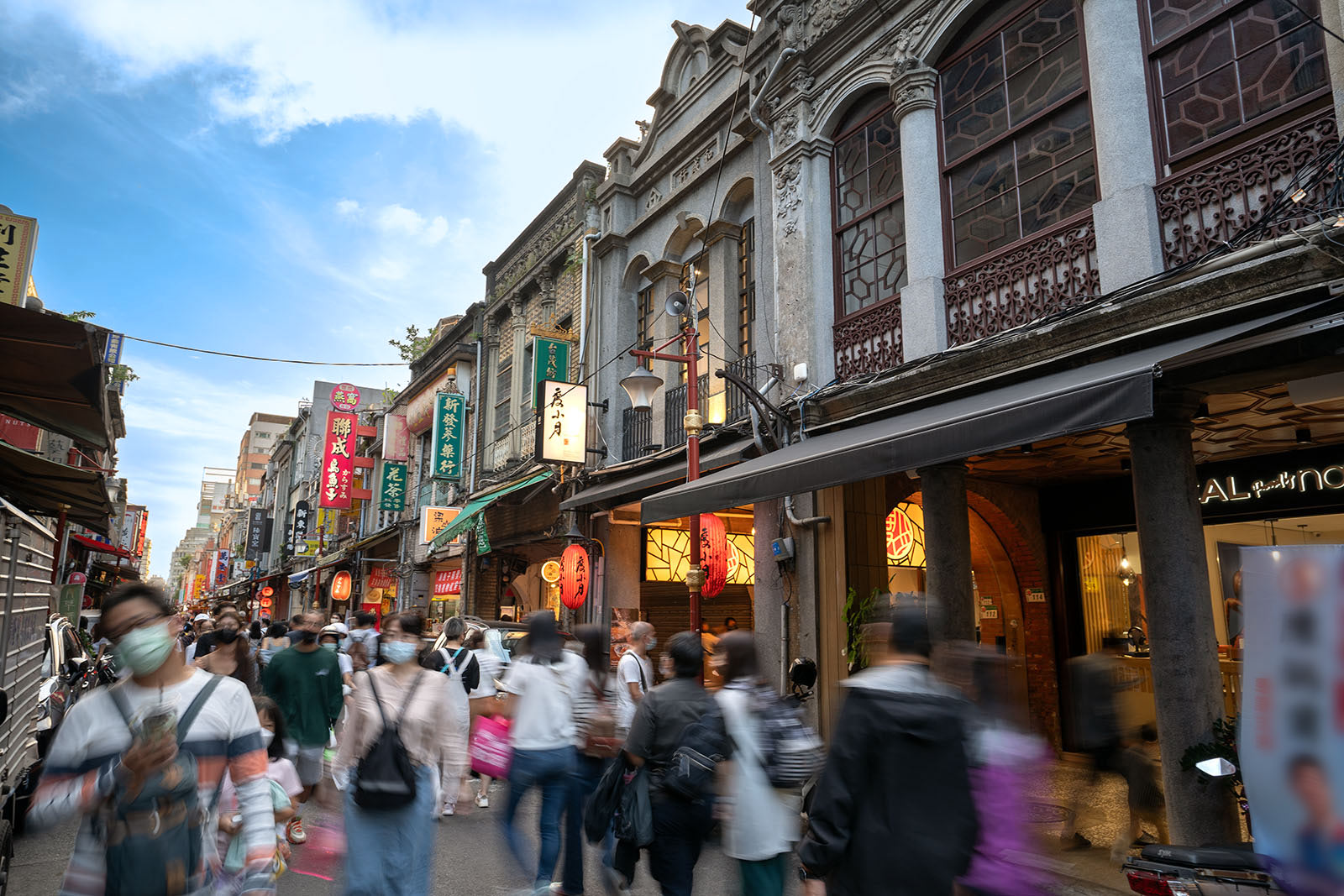
Taipei’s oldest district, Dadaocheng, was once a busy port and the city’s center of trade. Today, walking among its Baroque revival and Western-inspired red brick storefronts, one will find a mixture of trendy cafes, specialty boutiques and mom-and-pop wholesale shops selling everything from traditional Chinese medicine ingredients to woven bamboo products. Dihua St. in particular, with its densely packed and innovative storefronts, can easily take the entire afternoon to explore. If you get hungry, don’t worry, the area is filled with a variety of restaurants, pastry shops, and even upscale bubble tea parlors. Read more about Dadaocheng’s Dihua Street.
Dingtaifung
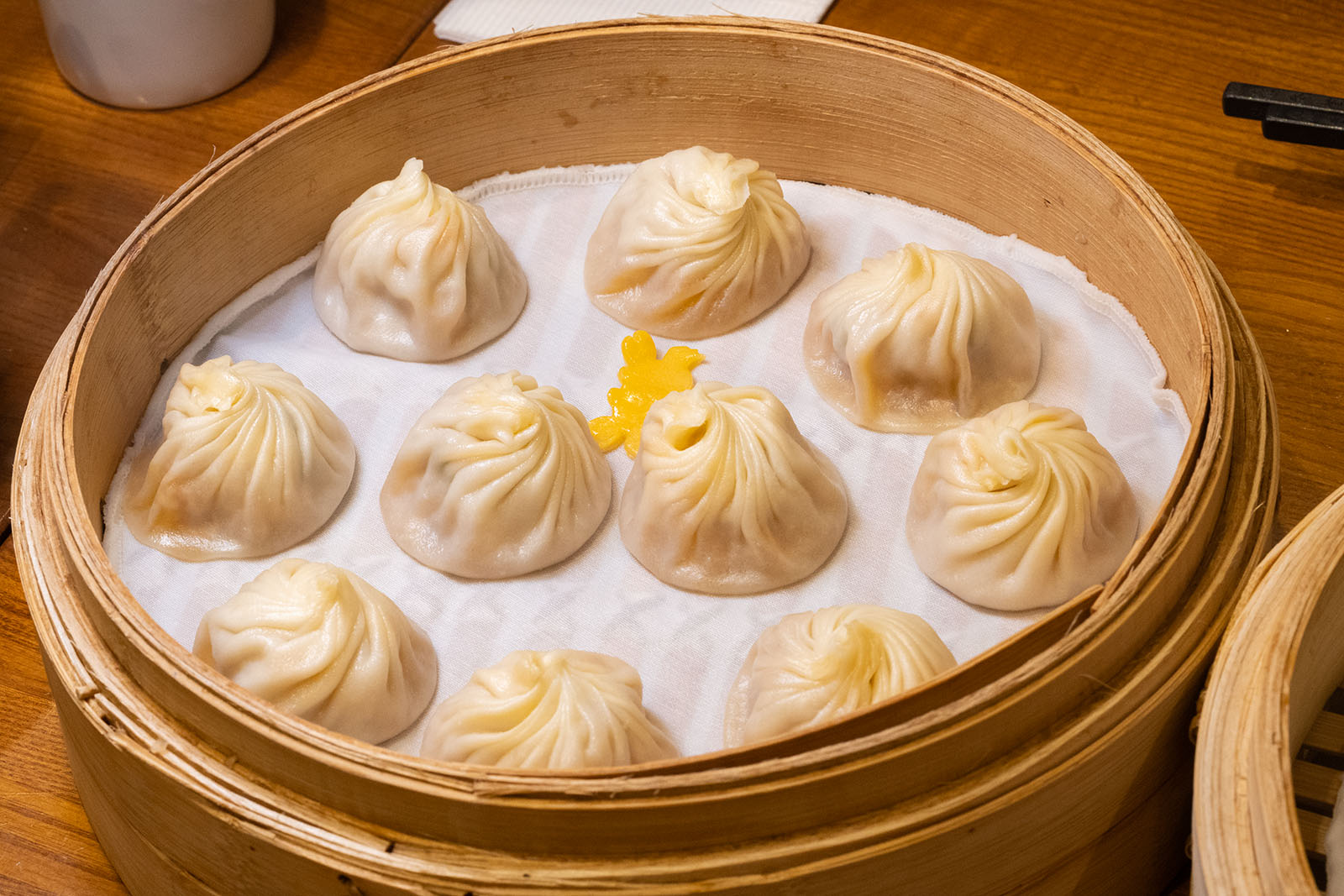
When Dingtaifung had been named one of the top ten restaurants in the world by The New York Times in 1993, it still had no international presence. Today, its continued success has seen expansion to Hong Kong—where it was awarded a Michilin star—as well as Japan, the United States and Europe. But, nothing beats the taste of the Taiwanese stores. Trying the soup dumplings, or “Xiao Long Bao” is a must. These are petite little dumplings that include gelatinous fats, which, when steamed, melt into a little soup—which you may drink after biting into the dumpling! If this sounds confusing, don’t worry. Luckily, the restaurant specializes in this dish and provides a clearly illustrated how-to card on the proper way to eat this internationally recognized delicacy. The red bean and truffle flavors are also highly recommended.
📍 Route 2: Arts and Culture
Longshan Temple
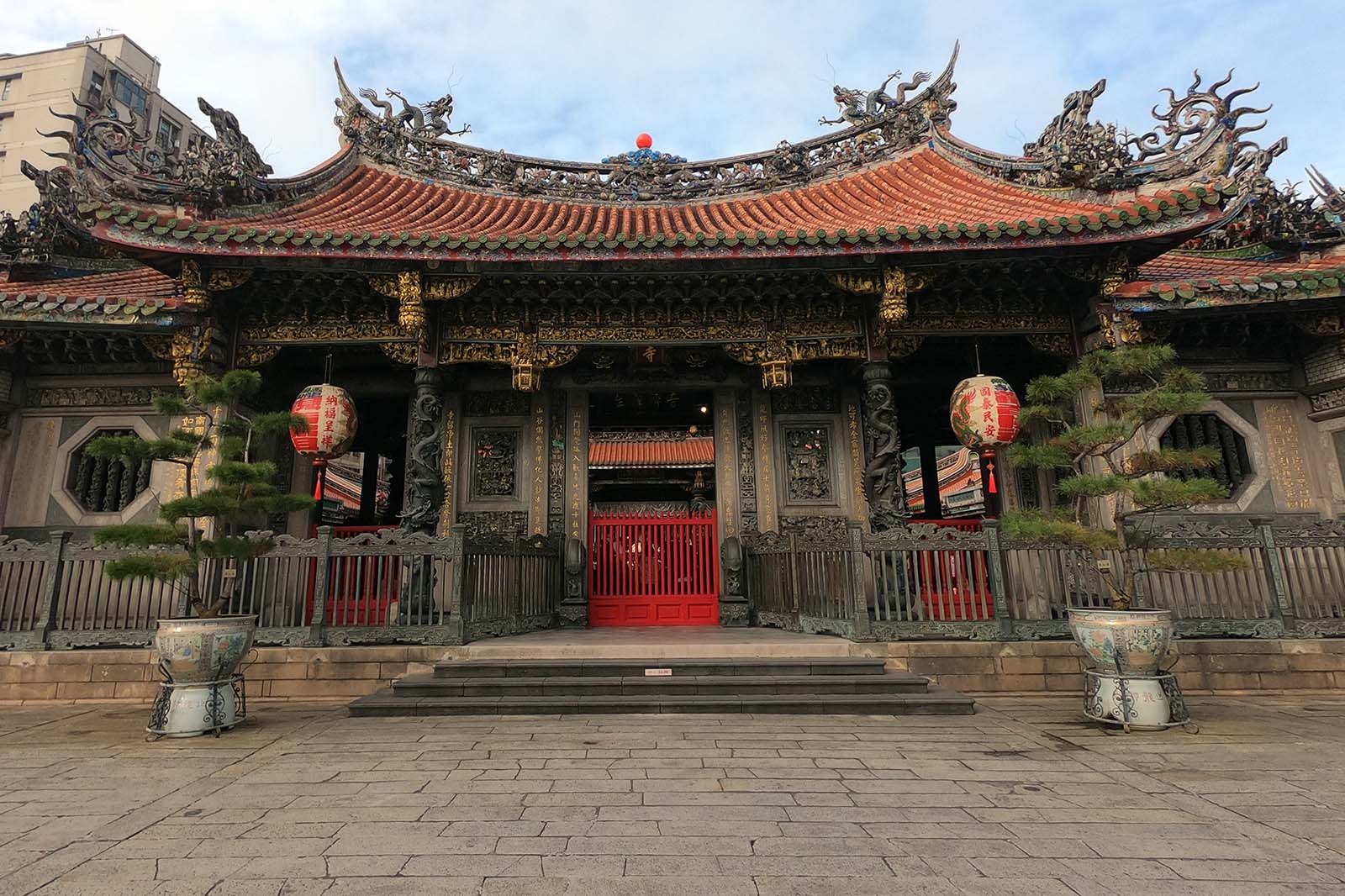
Longshan Temple is located in Wanhua, Taipei’s least modern district and home to much of its remaining traditional culture. The temple primarily worships the Goddess of Compassion, Guanyin, but as is common in Taiwan, also features the effigies of around 100 gods and goddesses scattered throughout its halls.
Two markets directly adjacent to the temple are also particularly representative of local folk culture. First, there is the Huaxi St. Night Market, famous for vendors specializing in snake-derived products, including drinkable snake blood. If that isn’t enough, heading underground to the Longshan Temple Underground Shopping Bazaar will take you to the local center of folk divination and fortune telling. Locals and tourists alike travel here to get all sorts of questions answered, although primary concerns usually revolve around romance, career, and pivotal life decisions. Fortune tellers will post their conversational languages outside of their booths and both English and Japanese service is common.
« Read LessEslite Bookstore
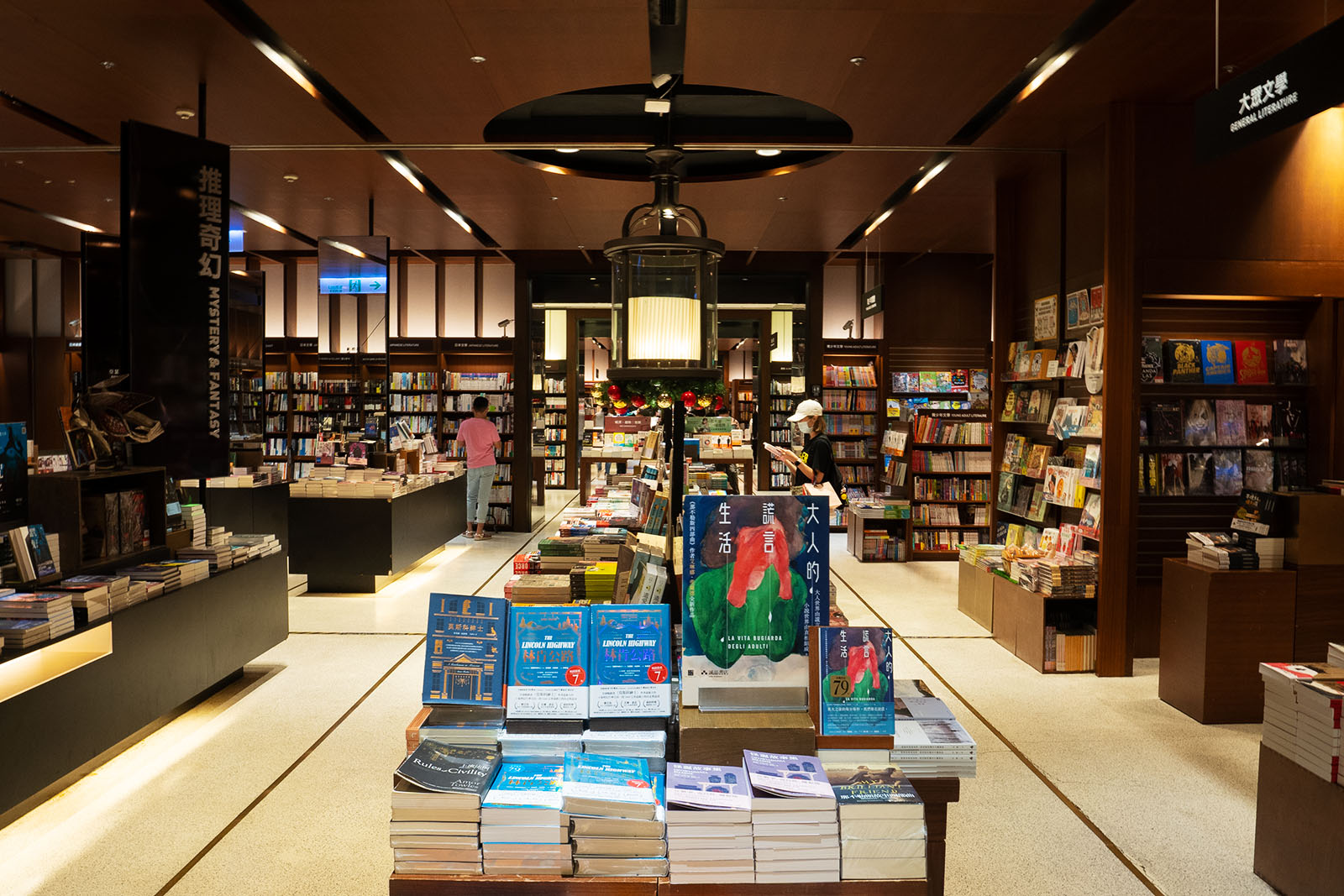
With over 8,000 square meters of floor space, and over four floors, Eslite Xinyi is Taiwan’s largest and most diverse bookstore. Eslite specializes in art and culture books and includes a large selection of English-language materials as well as a record store, and a cafe. The lower level features domestic and imported designer brands and a food court can be found in the basement. The upper levels of the bookstore feature stationary, lifestyle items, and restaurants.
Ximending
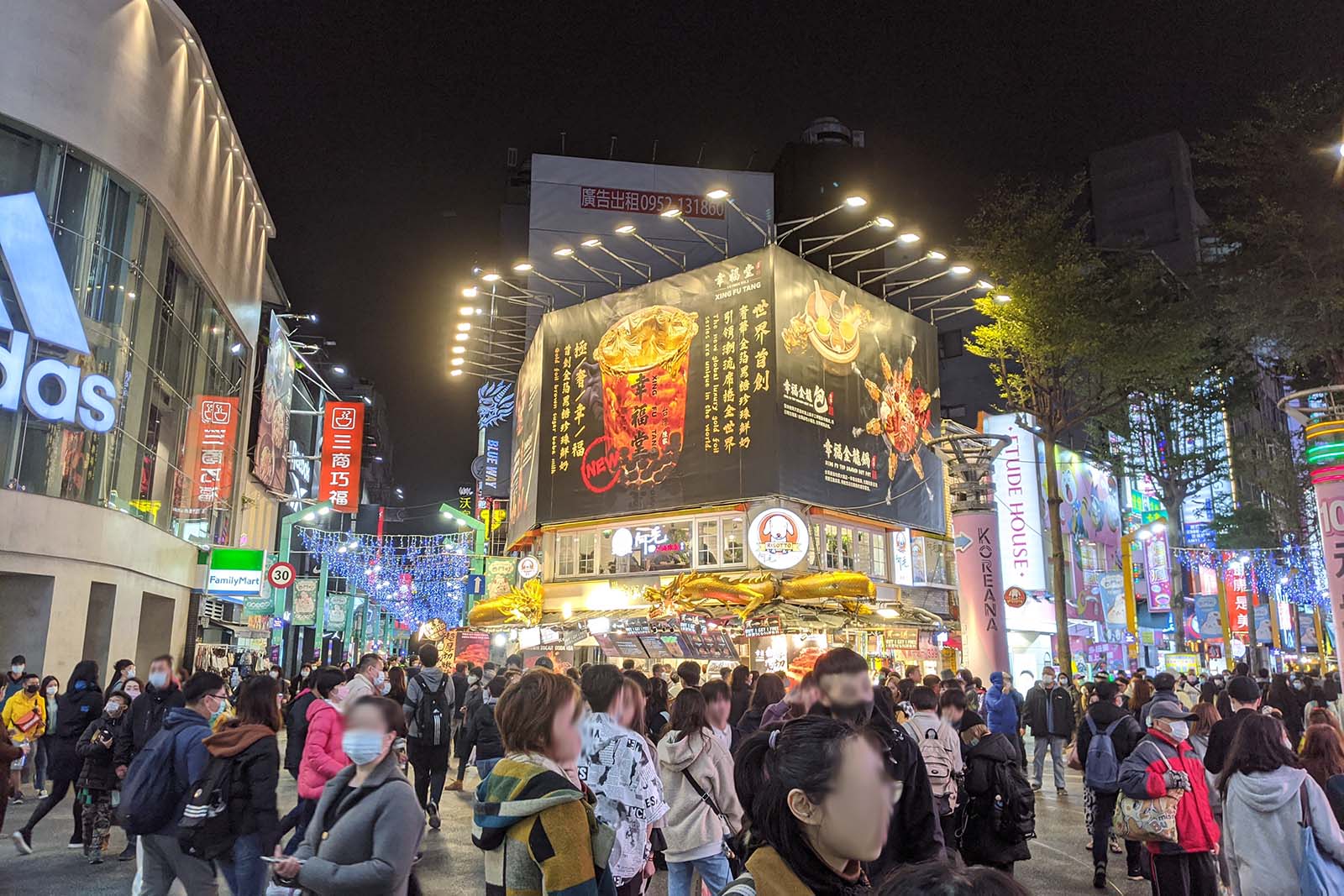
Ximending is Taipei’s loudest and hippest district, and one of its largest pedestrian areas. While primarily a shopping and entertainment district, Ximending is also culturally diverse. Located behind the historic Red House Theater—a class 3 historic building in itself—is Taipei’s largest LGBT district with many outdoor bars. Several streets to the north, one can find American Street, named for its concentration of stores selling imported Americana and vintage goods. In the central pedestrian throughway it’s common to find cosplay, street performances, and even pop-stars putting on promotional events. The area also features several movie theaters, multistory shopping plazas, an Eslite, and countless restaurants and cafes.
Ningxia Night Market
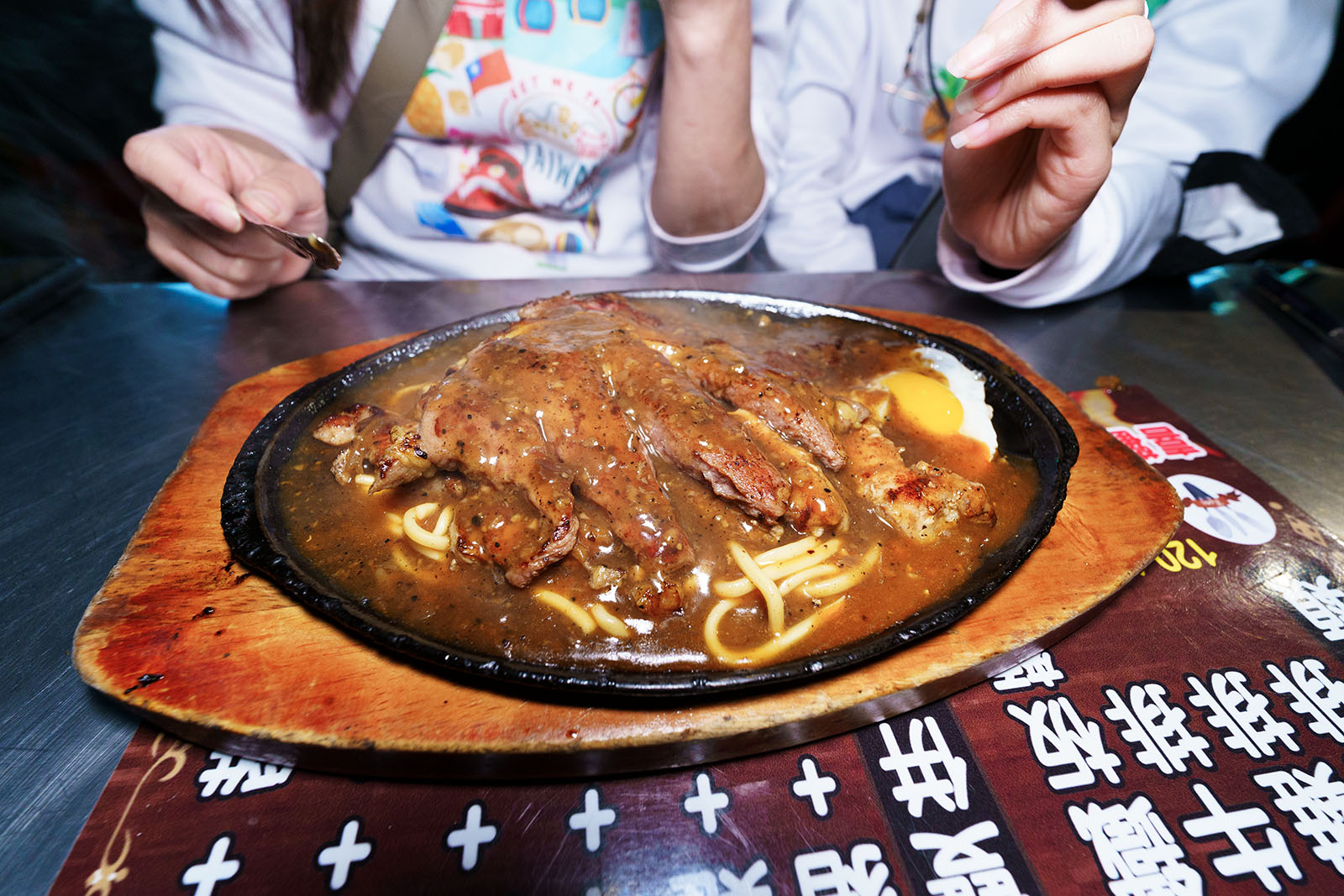
According to tourism statistics, Taiwan’s most visited attraction is its night markets. Taipei’s four largest night markets are Shilin, Raohe, Tonghua, and Ningxia. Of these, Ningxia is the smallest, most manageable, most navigable, and most original. There is no shortage of dining options here and some stalls and restaurants have been in business for over 50 years and multiple generations. A particular standout is Huan Ji Sesame Oil Chicken, which has been operating since 1941 and is located in a storefront on the western side of the market. Besides this, the northern end of the market has delicious and cheap fresh fruits, and Taiwanese Run Bing (think of a made-to-order spring roll), while the southern end of the market has heavier eats and traditional night market games. Like all night markets, Ningxia also features a healthy dose of vegetarian options.
📍 Route 3: Museums and Tea
Taipei’s Riverside Parks
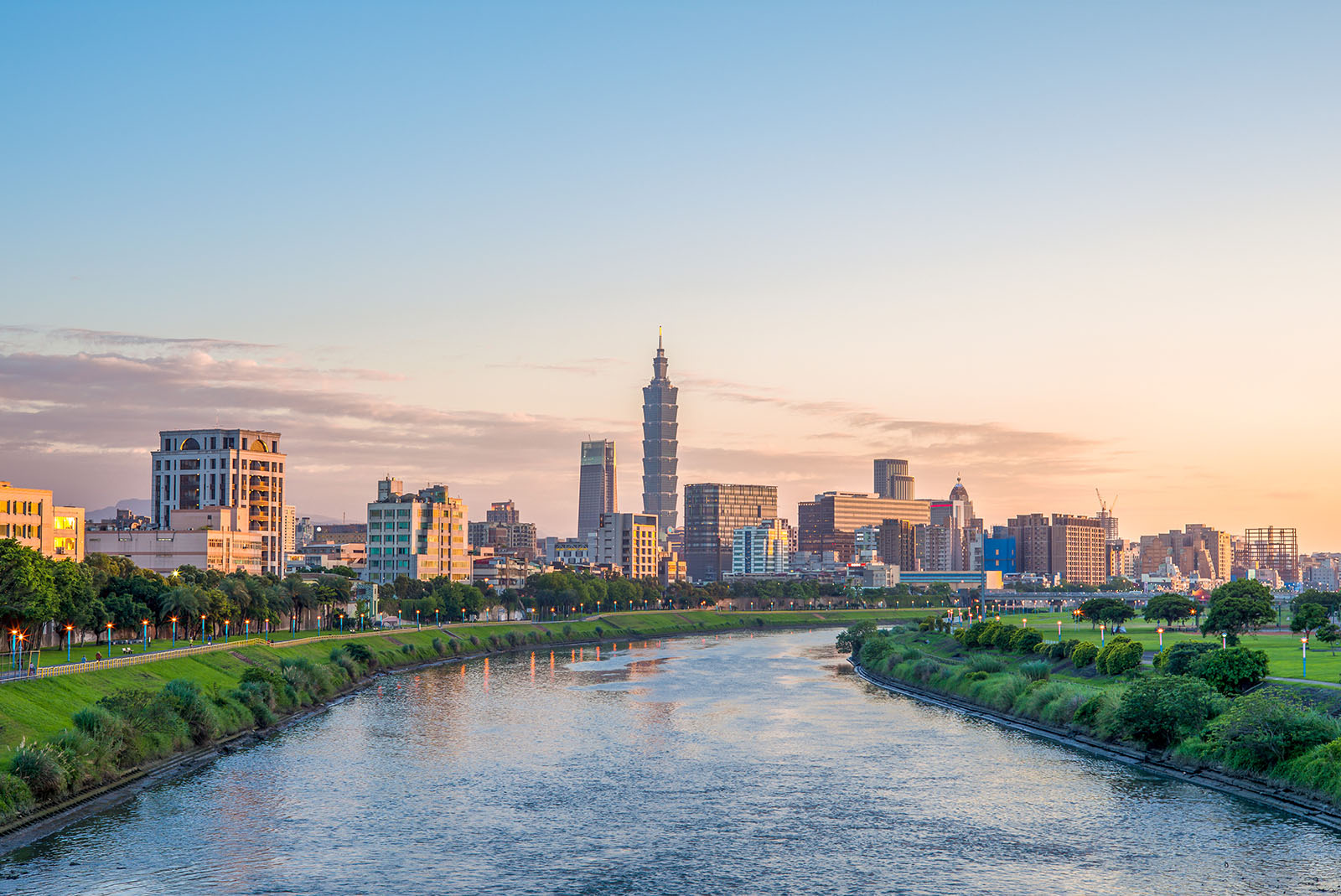
Taipei’s seniors are probably more relaxed than anyone you know, and that’s because they know how. In the mornings, Taipei’s many riverside parks are packed with retirees exercising, playing chess, singing karaoke, practicing group dance and otherwise performing their everyday routine. Take a walk through the parks to observe how the city relaxes. The park features walking trails and bicycle trails that span the length of the river from Bitan to Danshui, that’s close to 40 kilometers! Entrances to the riverside parks can be found alongside bridges and at intervals along the streets that border the park.
National Palace Museum
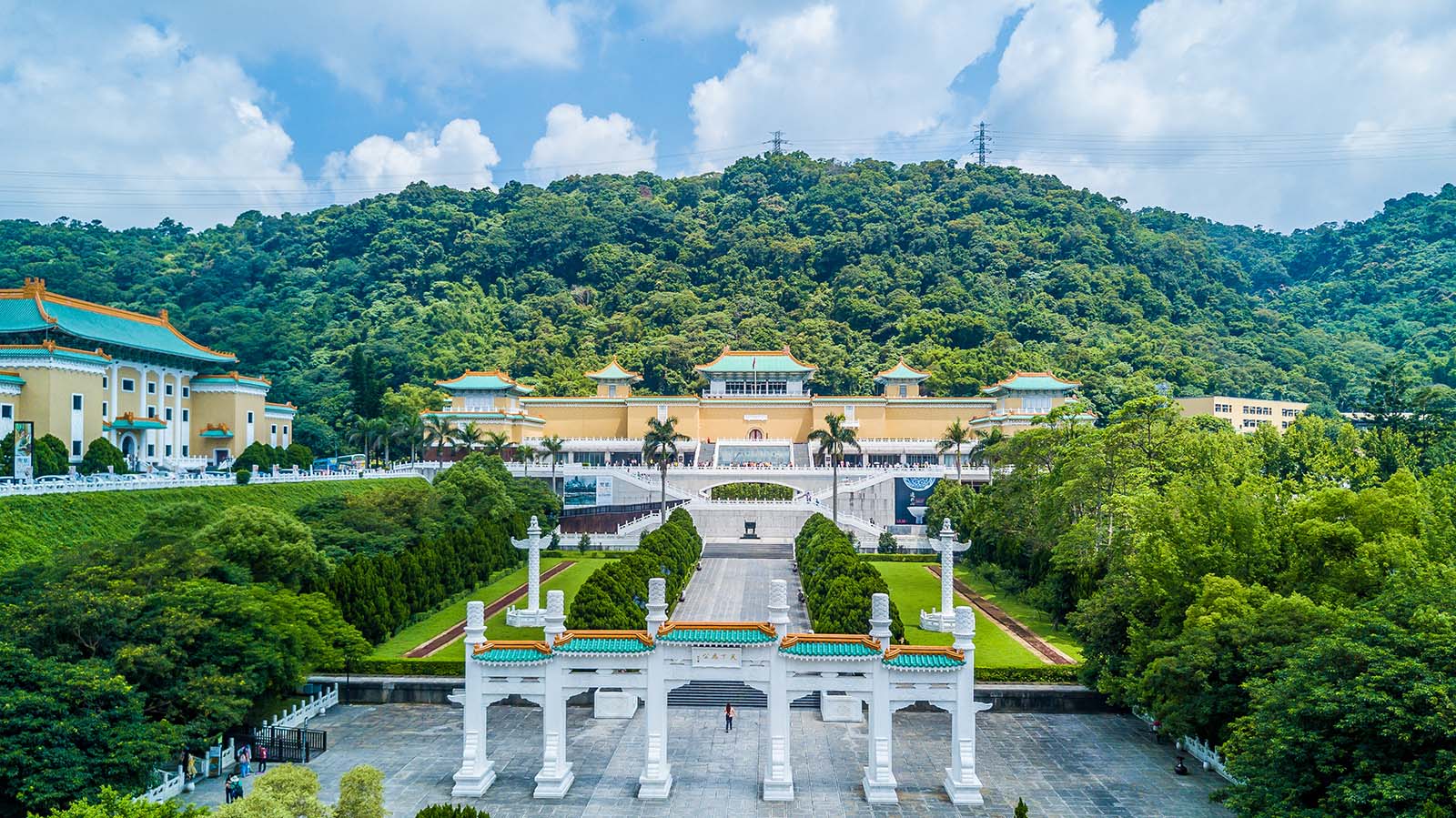
The collection of the National Palace Museum is so vast that only a small fraction of the nearly 700,000 pieces, spanning 8,000 years of Chinese history, can be displayed at once. Exhibitions of 3,000 pieces are held for three month durations and are always popular, although certain pieces like the famous Jadeite Cabbage are permanent fixtures. Other interesting must-see exhibitions include Qing and Ming dynasty furniture, a history of Chinese ceramics, rare books and calligraphy, and a stunning collection of jade items including weapons, teapots, and jewelry.
Maokong Tea Gardens
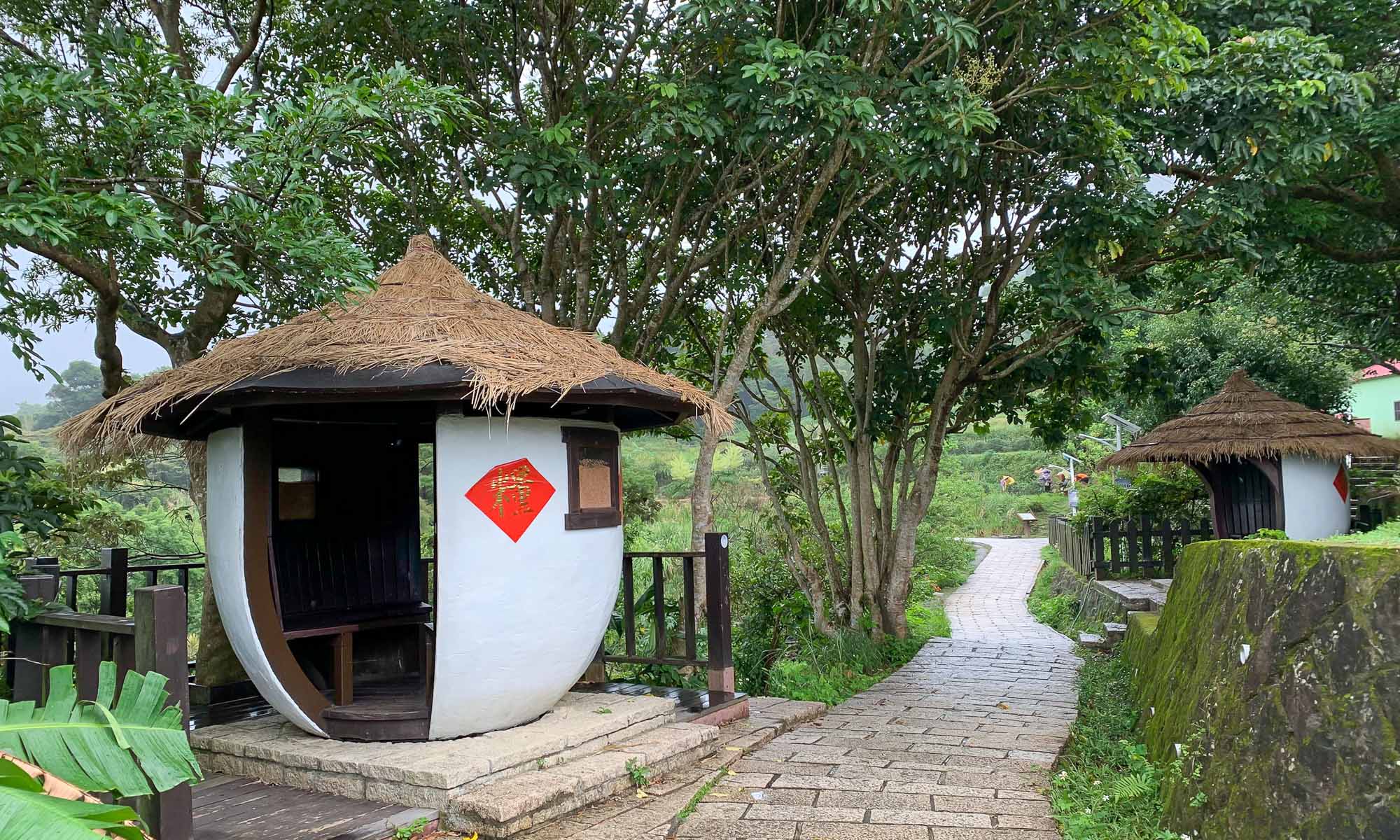
If staying in Taipei for more than a day, a trip to the Maokong Tea Growing Area is a must. The Maokong tea growing area features mountainside tea houses, tea plantations, walking trails, as well as tea boutiques and local shrines.
What better way to access this mountainous area on the outskirts of Taipei than by riding a glass-bottomed aerial lift. The Maokong Gondola can be accessed from MRT Taipei Zoo Station, and operates daily as long as there aren’t dangerous weather conditions. In the case of high winds buses and taxis serve as alternative modes of transportation. Read more about Maokong Tea Garden.
« Read Less
